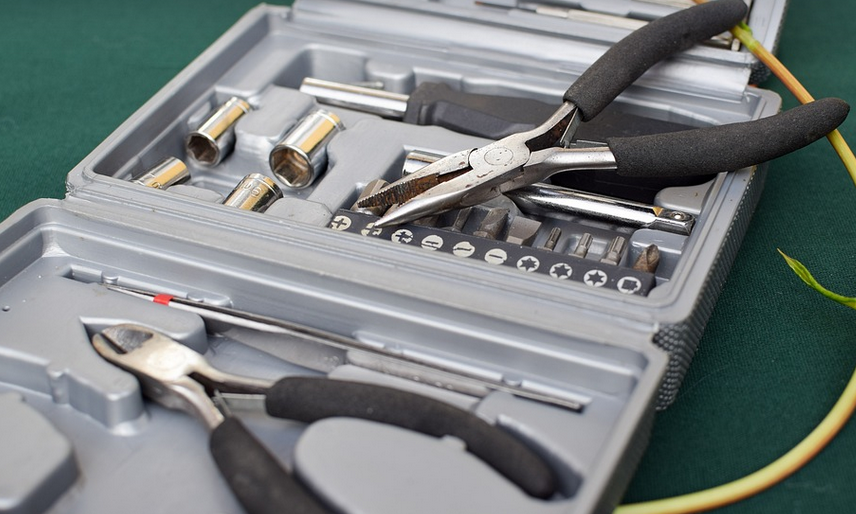Understanding the Problem
Uneven concrete stairs are a common issue, and they can be a real headache. Not only do they make your home look less than its best, but they also pose safety hazards for anyone using them. The unevenness could stem from various causes: poor initial construction, settling of the foundation, improper curing, or even changes in weather over time.
Imagine this: you’re coming up to your front porch after a long day and find yourself struggling to navigate those wonky steps. Not only is it an inconvenience, but there’s also the risk of tripping and injuring yourself. It’s not just about aesthetics; proper stair construction ensures safety and smooth, easy movement for everyone.
Assessing the Problem
Before diving into the fix-it project, you need to assess the severity of the unevenness. Take a good look at your stairs from all angles. Are there specific steps that are particularly noticeable? Look for obvious dips, bumps, or cracks in the concrete surface.
The next step is to check for any signs of foundation settlement or shifting. This might involve looking for cracks in surrounding walls or walls leaning away from the stair platform. If you notice any major structural changes, it’s best to consult a professional foundation specialist to determine the cause and potential solutions.
The “Fix-it” Process
Once you’ve assessed the problem and confirmed that your stairs aren’t just slightly uneven, or there isn’t any sign of major structural damage, it’s time to start fixing them. Here are a few common approaches:
1. Leveling with Concrete Patching
This is one of the most straightforward options for addressing minor unevenness. Start by cleaning the concrete surface around the area where the steps meet. Remove any loose debris, dirt, or flaking concrete (if you’re feeling adventurous). Then, mix a fresh batch of concrete patching compound according to the manufacturer’s instructions and apply it directly onto the dips and bumps.
Make sure to use a trowel to smooth out the patch and create a consistent surface that blends seamlessly with the existing concrete. Let this dry completely before proceeding to the next step, allowing for 24 hours of proper curing time for optimal bonding.
2. Employing Concrete Resurfacing
For more significant unevenness or if you’re aiming for a finished look that truly elevates your staircase, consider resurfacing the concrete. This may involve removing the old concrete and replacing it with fresh material to achieve a smoother, level surface.
You can use the same patching compound as above or opt for pre-mixed concrete mix specifically designed for reworking surfaces. Remember to ensure proper ventilation during this process to avoid moisture buildup in the newly formed concrete and potential cracking.
3. Creating a New Stair Platform
If your stairs have suffered significant damage, perhaps due to age or environmental stress, then a complete overhaul may be necessary. This could involve removing the existing steps entirely and building a fresh platform with level foundations.
For this approach, you’ll want to consult a professional builder to ensure safety and build a foundation that will provide lasting support for your new stairs.
Post-Fix Maintenance
Once the steps are fixed, it’s crucial to maintain them for longevity. Regularly sweep away dust, dirt, debris, and leaves from the surface of your stairs to prevent build-up that could ultimately lead to further unevenness or damage.
You can use a light pressure washer to clean the steps regularly and allow the concrete to dry completely before applying any further treatments.
Safety First!
Always wear appropriate safety gear like gloves, goggles, and dust masks when working with concrete tools. Be sure to utilize proper lifting techniques when moving heavy materials.
If you’re unsure about handling a certain aspect of the fix-it process, don’t hesitate to reach out to a pro for assistance. A qualified contractor can provide expert advice and ensure the job gets done right, safely and without unnecessary stress.
